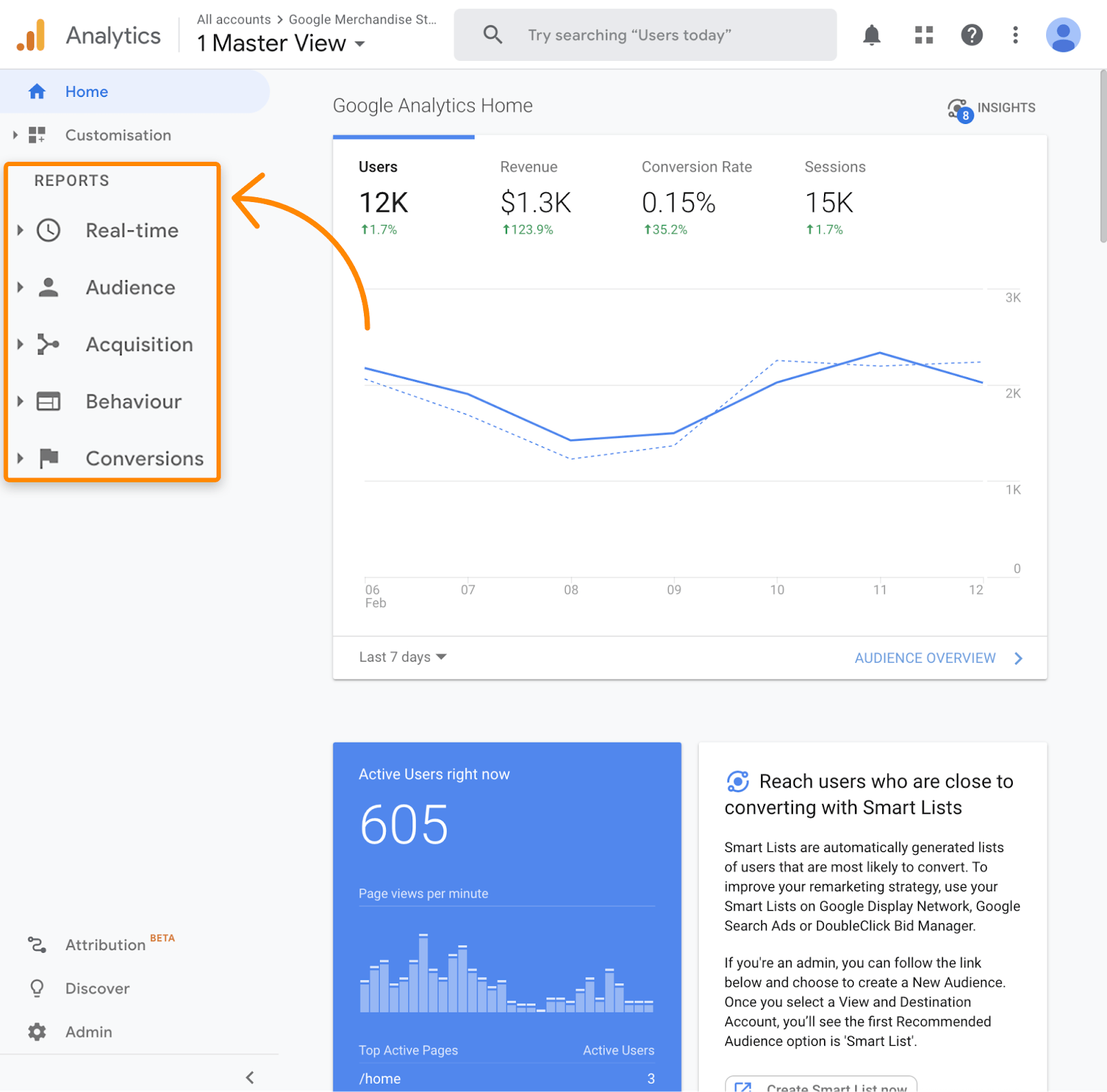Demystifying Secondary Dimensions in Google Analytics: Interpretation and Practical Applications
Demystifying Secondary Dimensions in Google Analytics: Interpretation and Practical Applications
Blog Article
Introducing the Effect of Additional Measurement in Google Analytics on Data Evaluation and Insights
In the realm of information analytics, the use of second measurements within Google Analytics has actually emerged as a pivotal device for extracting deeper understandings and unraveling complicated patterns that might or else remain covered. By peeling back the layers of primary information sets, second dimensions supply a nuanced perspective that enhances the understanding of customer actions, website efficiency, and the performance of advertising and marketing methods.
Exploring the Principle of Additional Measurements
Secondary dimensions in Google Analytics offer added insights by permitting individuals to evaluate key information together with an additional characteristic. This attribute makes it possible for a more comprehensive understanding of the main data by including one more layer of info for evaluation. By integrating secondary measurements, customers can dig deeper into the information and discover beneficial connections that could otherwise go undetected. By matching the main information of site traffic with additional measurements like demographics or actions, marketing experts can obtain an extra thorough sight of their target market and customize their methods accordingly.
By exploring the numerous secondary dimensions available in Google Analytics, customers can unlock new understandings and enhance their electronic advertising and marketing efforts. In significance, second measurements offer as an effective tool for enhancing data evaluation and driving workable outcomes.
Enhancing Information Interpretation With Secondary Measurements
Having actually established the fundamental understanding of secondary measurements in Google Analytics and their pivotal function in data analysis, the emphasis now changes towards leveraging these second qualities to boost the interpretation of analytics data (what is a secondary dimension in google analytics). By integrating second dimensions into information analysis, analysts can get much deeper insights into customer habits, site efficiency, and marketing efficiency

Additionally, second measurements help in contextualizing main data metrics by providing added layers of info. This contextualization aids in understanding the 'why' behind the information patterns, helping analysts make informed optimizations and choices to enhance general efficiency. Ultimately, including secondary measurements enhances the information interpretation procedure, leading to more meaningful insights and strategic actions.
Discovering Hidden Insights Through Secondary Measurements
Checking out the depths of analytics data with second dimensions exposes valuable insights that would certainly or else stay covered. By incorporating second measurements in Google Analytics, businesses can uncover surprise patterns, trends, and connections that offer an even more extensive understanding of customer habits and website efficiency. These added layers of data enable analysts to delve much deeper right into the key measurements, such as web traffic sources or landing web pages, and gain a more nuanced point of view on exactly how different variables communicate with each various other.
Through using second measurements, analysts can section Bonuses and contrast data throughout various measurements, allowing them to recognize particular factors that influence customer involvement, conversion rates, and overall success metrics. As an example, by coupling the primary measurement of 'gadget classification' with the secondary dimension of 'age team,' marketing experts can determine which age demographics prefer accessing the site with mobile phones versus desktop computers. This degree of granularity encourages organizations to make data-driven decisions and maximize their approaches for far better results. Ultimately, discovering concealed insights check my blog with secondary measurements enhances the deepness and accuracy of data evaluation, bring about more informed decision-making and improved performance end results.
Leveraging Secondary Measurements for Actionable Analytics
Building upon the insights revealed via additional measurements in Google Analytics, businesses can currently harness this enriched data landscape to drive workable analytics and strategic decision-making. By leveraging second dimensions, companies can dive deeper into their information to draw out useful patterns, fads, and relationships that might have formerly gone undetected. This deeper level of analysis makes it possible for companies to gain a more comprehensive understanding of customer behavior, campaign performance, and overall website performance.
One key benefit of using additional dimensions for actionable analytics is the capability to section information based upon specific criteria. This division permits services to tailor their projects and strategies to different audience groups, resulting in extra targeted and effective advertising efforts - what is a secondary dimension in google analytics. Furthermore, additional measurements supply a more alternative view of individual interactions, allowing services to optimize their site content, style, and total customer experience
Maximizing Decision-Making With Second Measurements
To improve critical decision-making in analytics, leveraging second dimensions in Google Analytics can provide a more nuanced perspective on individual behavior and project efficiency. By including secondary dimensions into data analysis, businesses can dig much deeper right into the specifics of their internet site site visitors' communications and involvement patterns. This additional layer of information permits for a more comprehensive understanding of how different variables, such as demographics, gadgets, or website traffic resources, impact essential efficiency indicators.

Final Thought
In final thought, the usage of second measurements in Google Analytics plays an important role in improving information evaluation and discovering hidden insights. By discovering this principle, one can acquire you can find out more a much deeper understanding of individual behavior and make educated choices based upon actionable analytics. Leveraging second dimensions permits an extra detailed interpretation of information and makes the most of the effectiveness of decision-making processes.

Report this page